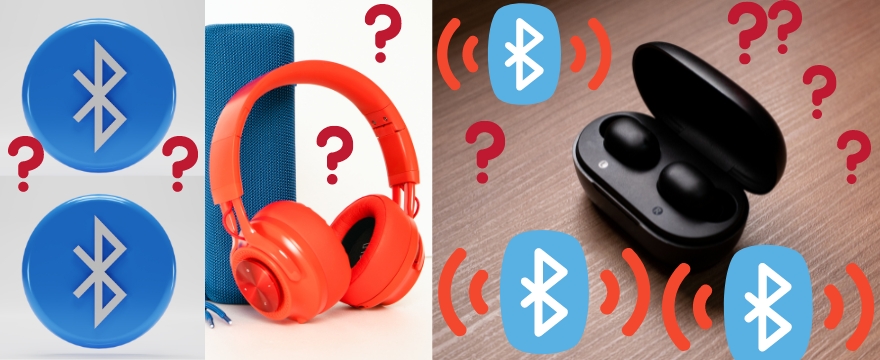In our last article, we explored the history and advantages of Bluetooth technology. Bluetooth headphones and true wireless earbuds are now an integral part of our lives, but there are concerns and criticisms regarding their use. Some people believe that Bluetooth may cause cancer, damage human brains, or harm our ears.
Are these just myths, or is there evidence to support these claims? Should we be worried about using Bluetooth devices? In this article, we will investigate the truth behind Bluetooth radiation and what science has to say about it. Let's delve deeper into this topic without any delay.
Is bluetooth bad for your brain?
Many people are concerned about the potential harm caused by Bluetooth headphones that are inserted into the ear canal, as they are in close proximity to the brain. Some individuals even believe that there is a direct link between Bluetooth devices and brain cancer.
But is there any truth to these claims? In order to explore this topic further, we need to understand the different types of radiation and how they can affect us. Specifically, some people worry that Bluetooth devices emit radiation that can be harmful to our brain, potentially leading to brain cancer. However, before we jump to any conclusions, it's important to investigate this matter more thoroughly.
Let's get this straight. There are two main types of radiation - ionizing and non-ionizing radiation.
Ionizing radiation is an energy form that can break electrons away from atoms. It emits a massive amount of energy and can remove electrons from molecules of any material, even living tissue. Ionization can cause damage to cells in our body, making it dangerous.
Non-ionizing radiation, on the other hand, doesn't have the capability to break electrons away from the atom. The only difference between the two types of radiation is the intensity or power of the radiation. If the radiation is powerful enough to break electrons, it is ionizing, otherwise, it is non-ionizing.
Let's be clear - both natural and man-made sources of ionizing radiation exist. Radiation from the sun and space are natural sources of ionizing radiation, which is unavoidable. However, man-made ionizing radiation from medical devices and testing machines like X-rays and CT scanners are examples of manmade Ionizing radiations.
Bluetooth is a type of technology that emits low level non-ionizing radiation, just like microwaves and smartphones. Although radiation is all around us, the key concern is the amount and intensity we are exposed to.
When it comes to Bluetooth and our brains, there is no evidence to suggest a link between the use of Bluetooth devices and brain cancer. Similarly, using Bluetooth headphones does not pose a risk to our ears as long as we limit the volume. This applies to both adults and children. Bluetooth radiation is low power and non-damaging, according to current scientific understanding.
We talked about Bluetooth earlier, and it also applies to cell phones. Some studies suggest that radiation from cell phones is slightly higher than that of Bluetooth, but there is no reason to be concerned because there is no evidence that using a cell phone is harmful.
